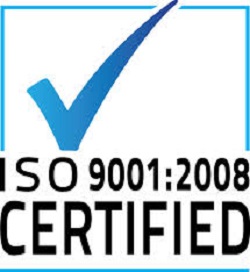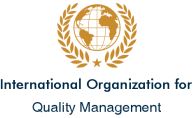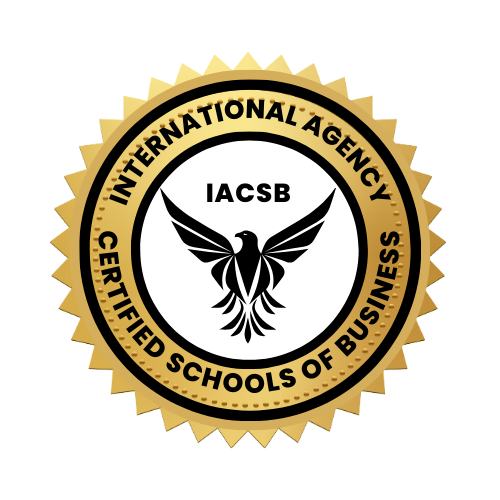


Sometimes all it takes is a simple phone call to your investment professional to resolve a problem. Maybe there was an honest mistake that can be corrected. If talking to the investment professional doesn’t resolve the problem, talk to the firm’s manager, and write a letter to confirm your conversation. If that doesn’t lead to a resolution, you may have to initiate private legal action. You may need to take action quickly because legal time limits for doing so vary. Your local bar association can provide referrals for attorneys who specialize in securities law.
Investment Products – Insurance and Annuities
The Insurance IndustryThe insurance industry provides protection against financial losses resulting from a variety of perils. By purchasing insurance policies, individuals and businesses can receive reimbursement for losses due to car accidents, theft of property, and fire and storm damage; medical expenses; and loss of income due to disability or death. The insurance industry consists mainly of insurance carriers (or insurers ) and insurance agencies and brokerages. In general, insurance carriers are large companies that provide insurance and assume the risks covered by the policy. Insurance agencies and brokerages sell insurance policies for the carriers. While some of these establishments are directly affiliated with a particular insurer and sell only that carrier’s policies, many are independent and are thus free to market the policies of a variety of insurance carriers. In addition to supporting these two primary components, the insurance industry includes establishments that provide other insurance-related services, such as claims adjustment or third-party administration of insurance and pension funds.
Insurance carriers assume the risk associated with annuities and insurance policies and assign premiums to be paid for the policies. In the policy, the carrier states the length and conditions of the agreement, exactly which losses it will provide compensation for, and how much will be awarded. The premium charged for the policy is based primarily on the amount to be awarded in case of loss, as well as the likelihood that the insurance carrier will actually have to pay. In order to be able to compensate policyholders for their losses, insurance companies invest the money they receive in premiums, building up a portfolio of financial assets and income-producing real estate which can then be used to pay off any future claims that may be brought. There are two basic types of insurance carriers: direct and reinsurance. Direct carriers are responsible for the initial underwriting of insurance policies and annuities, while reinsurance carriers assume all or part of the risk associated with the existing insurance policies originally underwritten by other insurance carriers. Direct insurance carriers offer a variety of insurance policies. Life insurance provides financial protection to beneficiaries—usually spouses and dependent children—upon the death of the insured. Disability insurance supplies a preset income to an insured person who is unable to work due to injury or illness, and health insurance pays the expenses resulting from accidents and illness. An annuity (a contract or a group of contracts that furnishes a periodic income at regular intervals for a specified period) provides a steady income during retirement for the remainder of one’s life. Property-casualty insurance protects against loss or damage to property resulting from hazards such as fire, theft, and natural disasters. Liability insurance shields policyholders from financial responsibility for injuries to others or for damage to other people’s property. Most policies, such as automobile and homeowner’s insurance, combine both property-casualty and liability coverage. Companies that underwrite this kind of insurance are called property-casualty carriers. Some insurance policies cover groups of people, ranging from a few to thousands of individuals. These policies usually are issued to employers for the benefit of their employees or to unions, professional associations, or other membership organizations for the benefit of their members. Among the most common policies of this nature are group life and health plans. Insurance carriers also underwrite a variety of specialized types of insurance, such as real-estate title insurance, employee surety and fidelity bonding, and medical malpractice insurance. A relatively recent act of Congress allows insurance carriers and other financial institutions, such as banks and securities firms, to sell one another’s products. As a result, more insurance carriers now sell financial products such as securities, mutual funds, and various retirement plans. This approach is most common in life insurance companies that already sell annuities; however, property and casualty companies also are increasingly selling a wider range of financial products. In order to expand into one another’s markets, insurance carriers, banks, and securities firms have engaged in numerous mergers, allowing the merging companies access to each other's client base and geographical markets. Insurance carriers have discovered that the Internet can be a powerful tool for reaching potential and existing customers. Most carriers use the Internet simply to post company information, such as sales brochures and product information, financial statements, and a list of local agents. However, an increasing number of carriers are starting to expand their Web sites to enable customers to access online account and billing information, and a few carriers even allow claims to be submitted online. Some carriers also provide insurance quotes online based on the information submitted by customers on their Internet sites. In the future, carriers will allow customers to purchase policies through the Internet without ever speaking to a live agent. In addition to individual carrier-sponsored Internet sites, several “lead-generating” sites have emerged. These sites allow potential customers to input information about their insurance policy needs. For a fee, the sites forward customer information to a number of insurance companies, which review the information and, if they decide to take on the policy, contact the customer with an offer. This practice gives consumers the freedom to accept the best rate.
|
|
USA - Asia - Russia - India - EU - West Indies - China - Indonesia - Latin America - Arabia - Africa

Best Online University - Online Nursing Degrees
Home Home ACBSP About AABFS CFM Chartered Financial Manager Requirements Certifications Board Course Certifications Benefits Online Certification Convert Courses To Certification Recognition Qualifying Degrees Training Providers How To Use CEO Message Register Accreditations IAF CERT EU Accreditation News Handbook Mission Contact Us Certified Data Analyst Wealth Management Sample Test Quiz PSA ERM Article Application Apply Global Advisors instructions AAMBFS Old Online Certification FINTECH CAIFP Certified Artificial Intelligence in Finance Professional ™ CHFM CHARTERED FINANCIAL MANAGER Dubai UAE INFORMA Training 2019 Events In House Training Speakers About Old Chartered Wealth Manager News Sri Lanka & The Maldives Ethics CWM Training Program Magazine of Wall Street CWM Chartered Wealth Manager Cert Brazil UBT AMA Reg. Payments Registration NewMembers IP payment Corporate Discount payments HomeCoPY Paper Award Home George Mentz Colorado Springs CEO GAFM - Global Academy of Finance & Management charteredwealthmanager Ghana AFAPayment AFAPPC GetCertifiedPPC GetCertifiedPPC2 Stock Markets Training Calendar FINRA MFP Financial Planner AFA Chartered Certified Economist Certified Financial Analyst FINRA SEC Chartered Wealth Manager Training Verify Member indonesia malaysia Guides Informa GAFM Guides Jamaica Membership Governmental Recognition Links Financial Planner Program Chartered Economist CCO Higher Institute IP List Be a Training Provider Management Consulting Jobs Project Management Certifications CWM Chartered Wealth Manager Terms Deans Letter AFA Approved Masters Degrees Economics Certification Economics Degrees Management Degrees Finance Degrees Accounting Degrees Exams Renew Certification Continuing Ed Awards Letter Renew 2014 Sample Honor Society Trademarks Careers Government Jobs Complaint pics Mentz George Mentz Lawyer Mentz George Colorado USA Speaker Consultant AFA ® Accredited Financial Analyst Certification ChFM Chartered Financial Manager ® Accredited CTEP ® Trust and Estate Certification CIPM ® Certified International Project Manager CWM ® Chartered Wealth Manager ® AMA ® Management Accountant Certification AMC ® Management Consulting Certification MMC ® Management Consulting Certification Book Chartered Fraud Investigator Journal
Reference to FINRA Certification Guide & Standards
FINRA EDUCATION CWM Chartered Wealth Manager ® Chartered Financial Manager ® AFA Accredited Certified Financial Analyst ® AMA Accredited Certified Management Accountant ® CAM Chartered Asset Manager CTEP Chartered Trust and Estate Planner ® RFS Registered Financial Specialist CMA Chartered Market Analyst FAD Financial Analyst Designate CPM Chartered Portfolio Manager - IACSB * Chartered Financial Manager FINRA * Certified Risk Analyst FINRA * MFP Master Financial Planner ® - Aspen Commission









